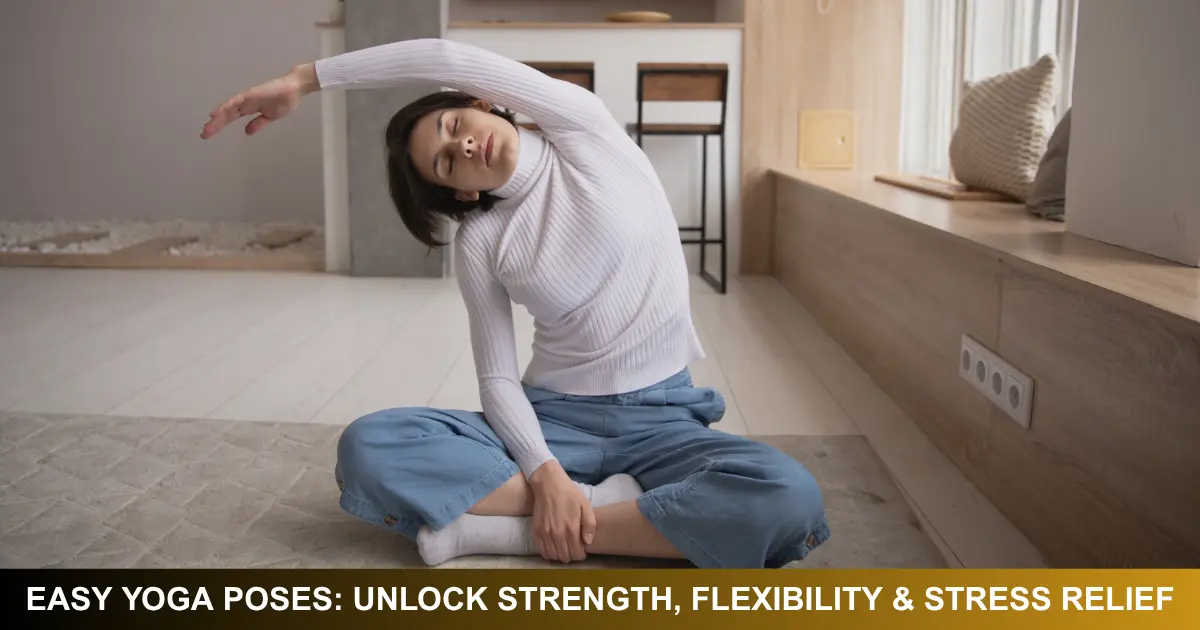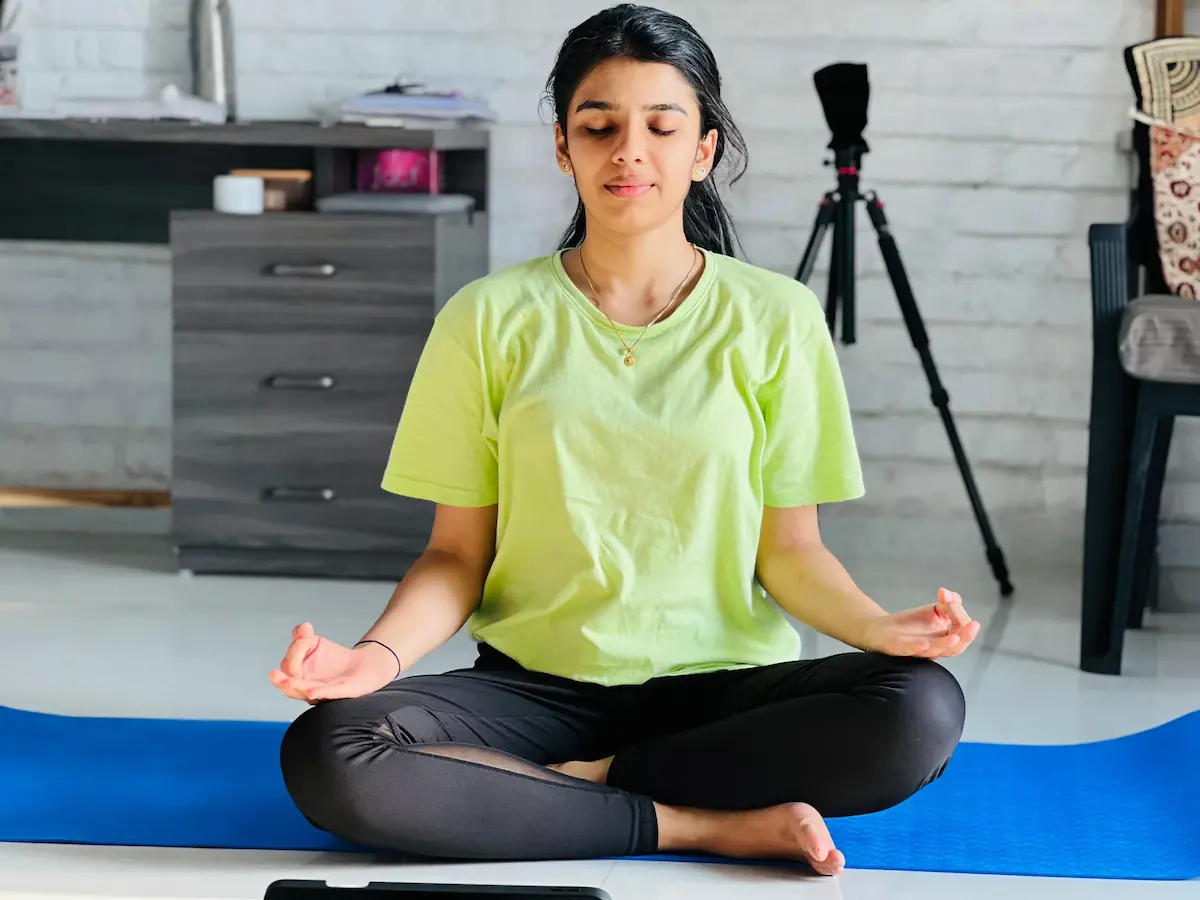Yoga, a time-honored practice from ancient India, has become a global wellness phenomenon. Integrating simple yoga poses into your daily routine can boost physical health, quell stress, and enhance mental clarity. Below, discover five accessible asanas Virabhadrasana (Warrior Pose), Setu Bandhasana (Bridge Pose), Naukasana (Boat Pose), Balasana (Child’s Pose), and Tadasana (Mountain Pose) along with their benefits, SEO-optimized descriptions, and six concise FAQs to guide your practice.
Why You Should Practice Yoga Every Day
Maintaining good health amid modern stressors is challenging. Daily yoga:
Yoga promotes muscular strength, joint flexibility, and improved posture. It also reduces chronic pain and supports weight management through mindful movement and breathing. Consistent practice calms the nervous system, alleviating anxiety, depression, and sleep disturbances. With just 20–30 minutes per day, you’ll notice enhanced energy levels and mental focus within a few weeks.
Top 5 Easy Yoga Poses and Their Benefits
1. Virabhadrasana (Warrior Pose)
Virabhadrasana activates the legs, core, and shoulders.
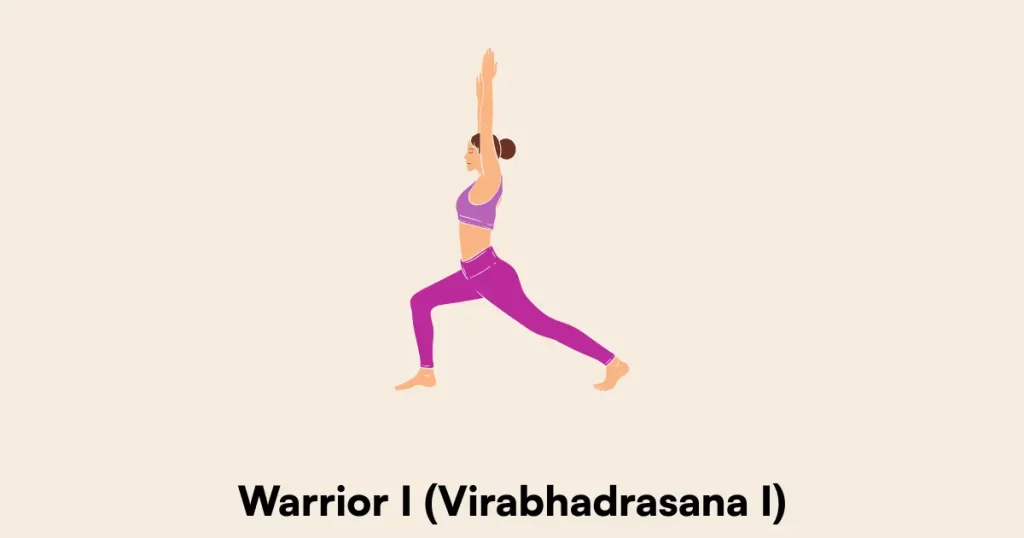
Practicing for 5–10 minutes daily builds lower-body strength and stability, improving balance and coordination. This empowering stance also reduces stress by channeling mental focus into controlled breathing, promoting calmness. Additionally, the gentle spinal stretch aids digestion and enhances circulation.
2. Setu Bandhasana (Bridge Pose)
Setu Bandhasana targets the back, glutes, and hamstrings.
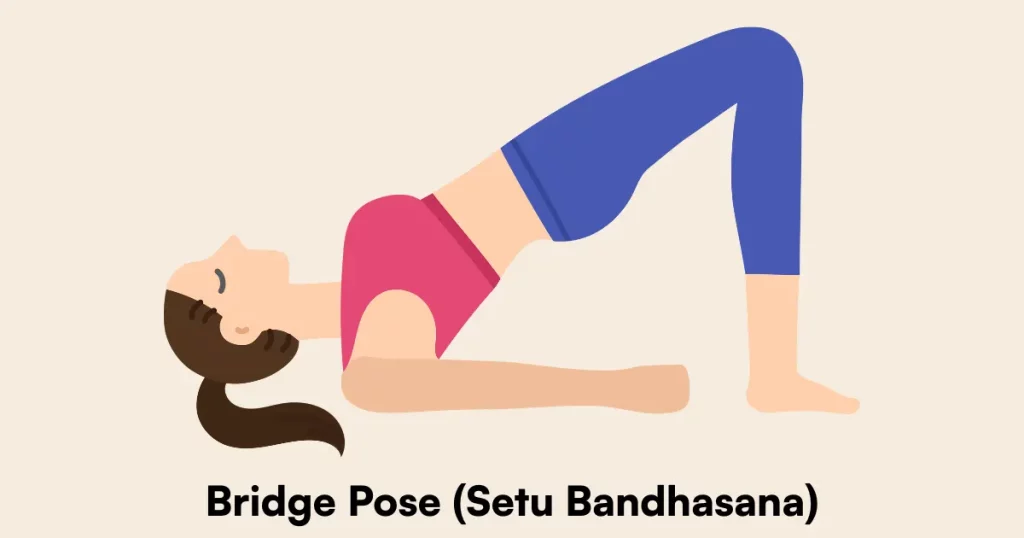
Lifting the hips skyward relieves tension in the lumbar region, making it ideal for anyone with lower-back stiffness. It strengthens the posterior chain glutes, hamstrings, and calves while opening the chest and shoulders. This backbend also stimulates the thyroid gland, supporting hormonal balance.
3. Naukasana (Boat Pose)
Naukasana sculpts the core and boosts digestive health.
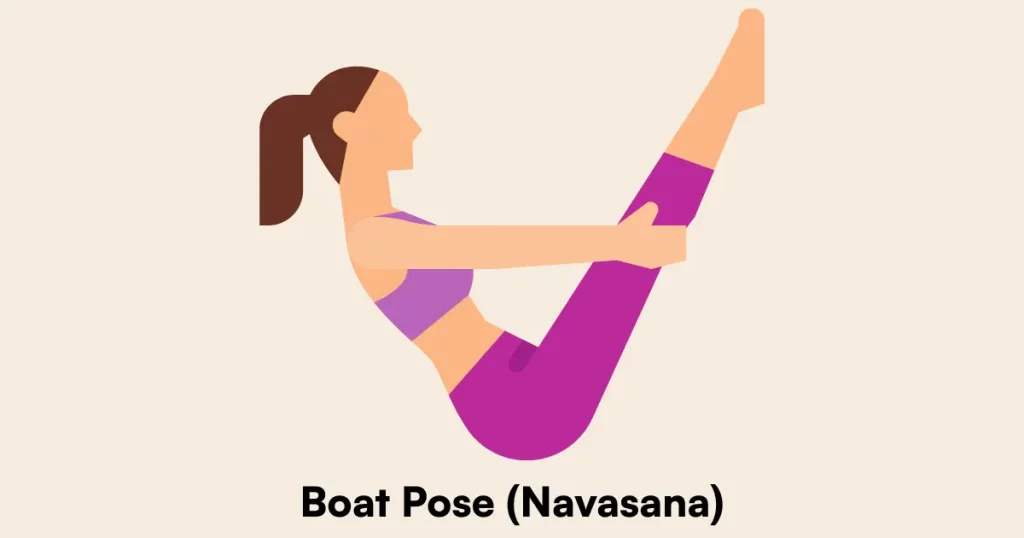
Holding this V-shaped posture requires true abdominal engagement, which tones the belly and obliques. The mild compression of the abdomen stimulates internal organs, enhancing digestion and reducing bloating. Regular practice improves spinal alignment, strengthening the back and promoting a calm mind.
4. Balasana (Child’s Pose)
Balasana offers restorative rest and spinal relief.
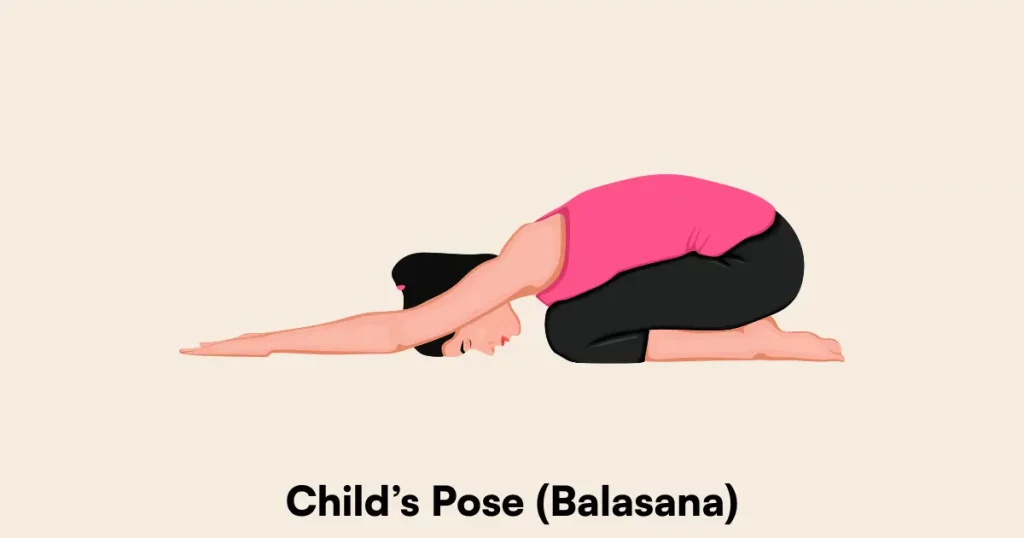
A gentle forward fold, Child’s Pose lengthens the lower back and hips, easing tension accumulated from daily activities. It invites deep diaphragmatic breathing, which soothes the nervous system and lowers stress hormones. This pose is perfect for transitioning between more challenging asanas or ending a session with relaxation.
5. Tadasana (Mountain Pose)
Tadasana establishes foundational alignment and posture.
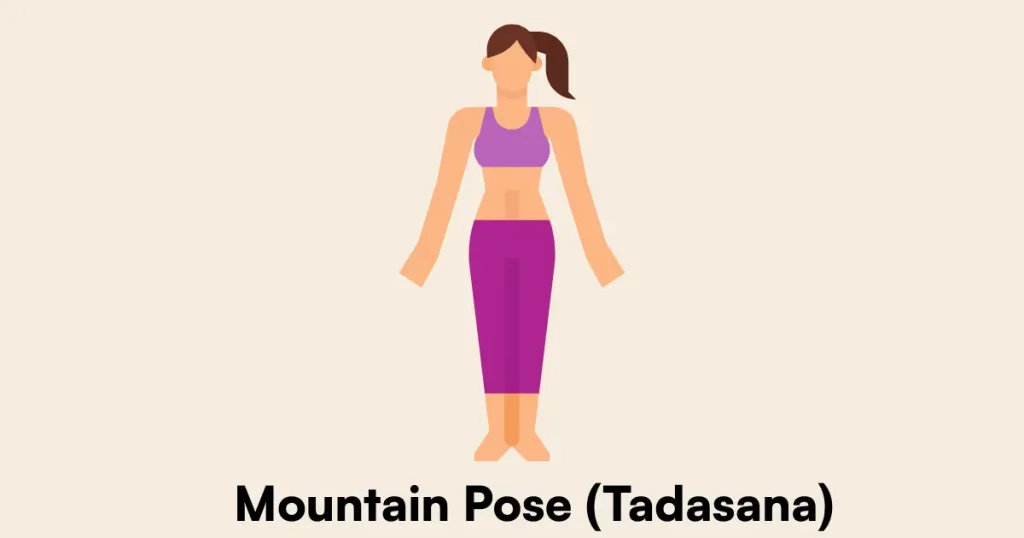
Though seemingly simple, standing tall with feet together and arms at your sides cultivates body awareness. Proper engagement of the legs, core, and shoulders aligns the spine, reducing strain and improving balance. Tadasana also clears the mind, increasing concentration and setting positive intentions for your practice.
Frequently Asked Questions
1. How long should I hold each yoga pose as a beginner?
Beginners can start by holding each asana for 30–60 seconds, focusing on steady breathing. Gradually increase the duration as strength and flexibility improve to maximize the benefits.
2. Can yoga help with chronic back pain?
Yes. Poses like Bridge and Child’s Pose gently stretch and strengthen spinal muscles, relieving tension and improving posture. Consistent practice can significantly reduce back discomfort over time.
3. What equipment do I need for a basic home yoga session?
All you need is a non-slip yoga mat and comfortable, stretchy clothing. Optional props include a block or strap to assist in deeper stretches and maintain proper alignment.
4. Is it normal to feel sore after yoga?
Mild muscle soreness is common for newcomers as muscles adapt to new demands. Ensure proper warm-up, cool-down, and hydration. Rest or switch to restorative poses if discomfort persists.
5. How does yoga improve mental health?
Yoga combines mindful breathing with deliberate movement, which lowers cortisol levels and activates the parasympathetic nervous system. This process reduces anxiety, enhances mood, and fosters emotional resilience.
6. Can I lose weight by practicing these yoga poses?
While these asanas boost metabolism and strengthen muscles, lasting weight loss also requires a balanced diet and cardiovascular exercise. Integrating power-yoga sequences amplifies calorie burn and supports slimming goals.
Embrace these five easy yoga poses to transform your physical strength, mental balance, and overall well-being one breath at a time.
